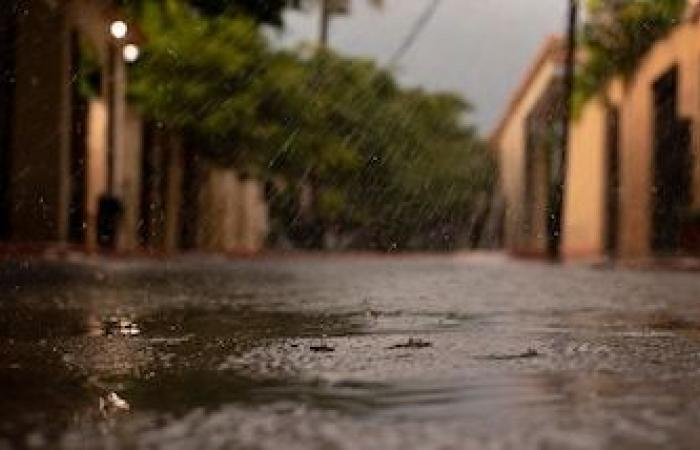Beyond consulting the weather forecast to know what to wear or whether or not to load with a waterproof, Meteorological report It is an instrument that has become fundamental for various sectors such as the Transport (for heaven, sea and land), agriculture, tourism, disaster prevention, public health and even to carry out military operations.
But if they predict the time of time It could be complex to this, another variant is added: global warming, which has made even more urgent the need to keep up to be able to act and Adopt public policies that reduce disaster risks as alerts on floods, droughts, icy waves, a bad landing and other related phenomena.
In this context, here The weather report for the next few hours in Rosario this Wednesday:
During the day the temperature It will reach a maximum of 23 degrees, The rain forecast It will be 25%, with a cloudiness of 99%, while the wind bursts will reach 33 kilometers per hour.
As for ultraviolet rays, they are expected to reach a level of up to 1.
For the night, the temperature will reach 19 degrees, while The probability of precipitation It will be 40%, with a cloudiness of 97%, while the wind bursts will be 18 kilometers per hour at night.

Known as the “Cradle of the Argentine Flag”, this port city is also the third most populous in the country behind Buenos Aires and Córdoba. The months of the most tempered year To make a visit are December, January and February.
Throughout the year, the climate in the capital records temperatures between 6 ° C at 31 ° C. February is considered the month with more rain, while July is the one that records less rainfall.
According to reports from the National Meteorological Service, 2021 is considered one of the warmest in the country.
“If we analyze in detail how this variable behaved in the different regions of the country, we must highlight the values of Patagonia, a region where it is very possible that this year it is the hottest and dry since 1961. In general, values between 0.5 and 2 ° C higher than the statistical average than the statistical average, on the other hand, to the north of the 35th parallel, the temperatures were very close to the normal,” data and summary of what happened in 2021 ”.
The same report adds that Throughout that year there were only three months that closed with slightly lower temperatures to normal in the country: January, May and June. The rest of the months were warm “and it is necessary to highlight the extremely warm anomalies that were recorded in April and September.”








